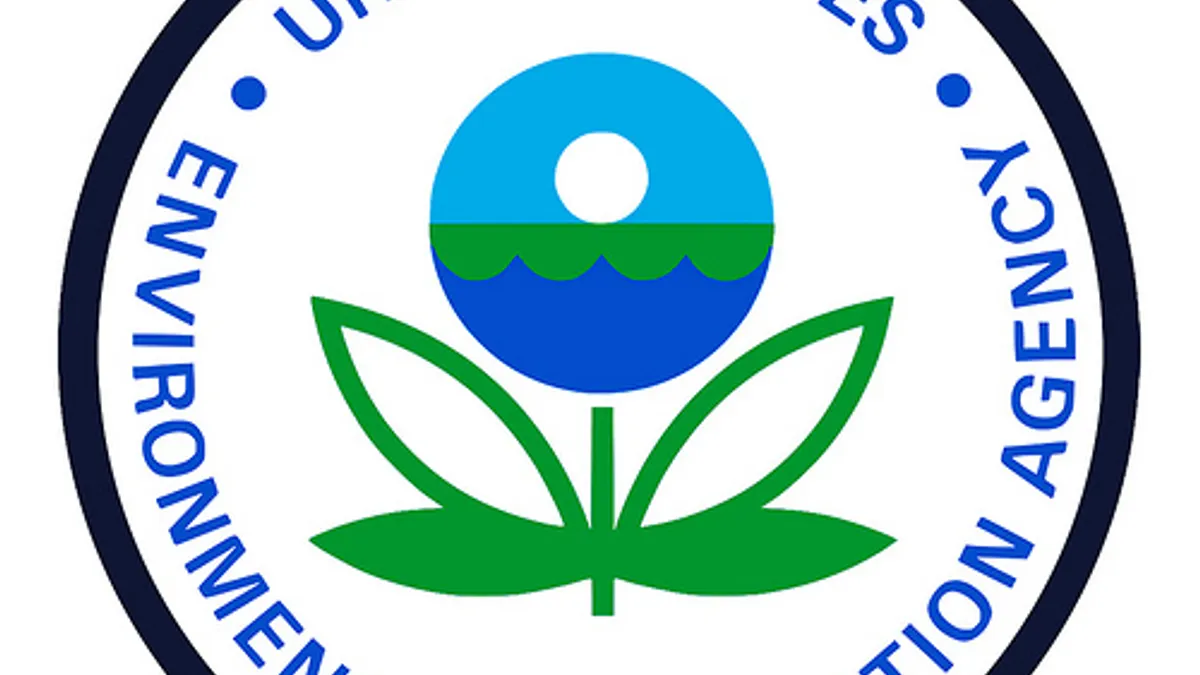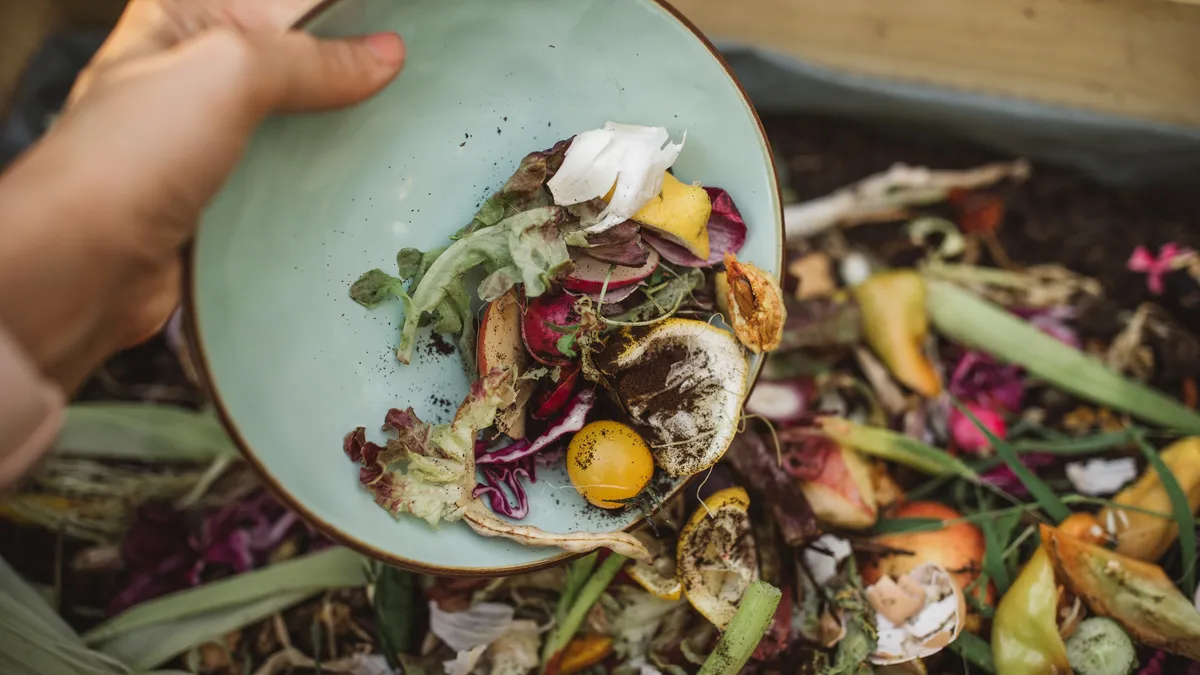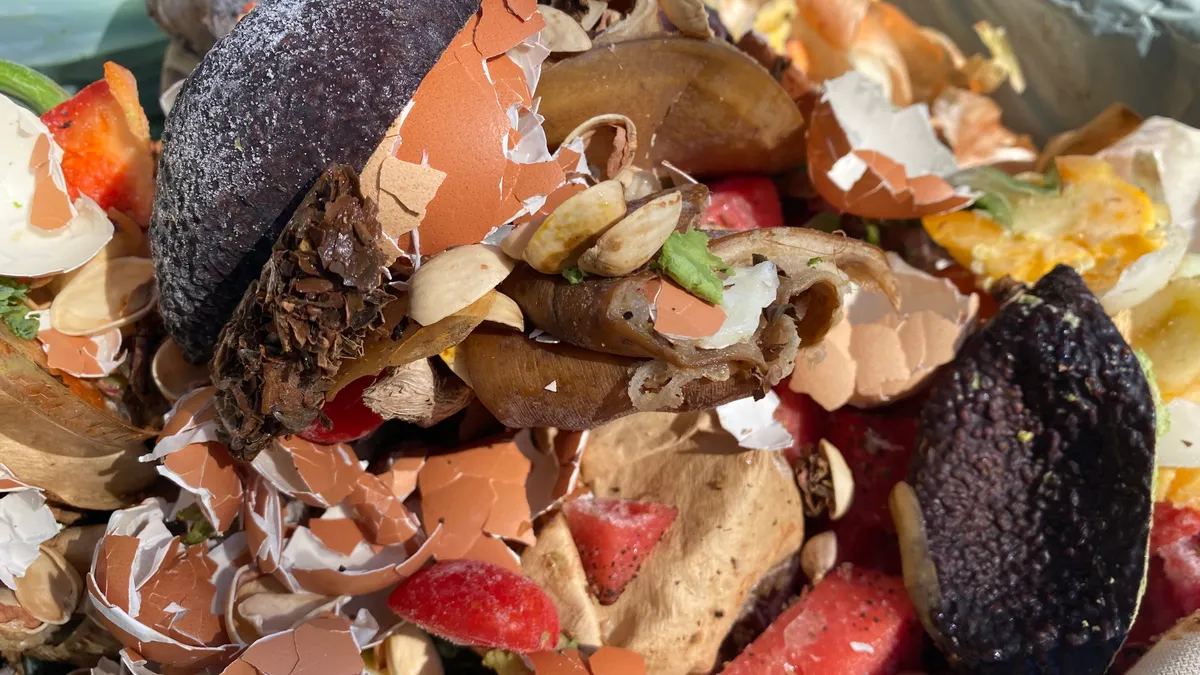The U.S. Environmental Protection Agency announced today that it has launched a new online “waste to biogas mapping tool” to help organic waste generators to connect with biogas waste-to-energy facilities. The overall goal is to support the use of organic waste for energy projects.
Currently, the tool works for the EPA's Pacific Southwest region.
“This innovative mapping tool, the first of its kind in the nation, helps restaurants, hotels and other food waste generators to connect with large energy producers,” said Jared Blumenfeld, EPA’s Regional Administrator for the Pacific Southwest. “Harvesting this energy prevents waste from ending up in landfills or clogging sewer lines.”
The tool is a map that links biodegradable waste producers with facilities such as wastewater treatment plants that use existing infrastructure to create energye. Wastewater treatment plants and some dairies manage waste with anaerobic digesters, which produce methane-rich biogas as a natural byproduct.
By adding food scraps or fats, oils, and grease to an anaerobic digester, facilities can increase biogas production to make money while providing a renewable energy source, reducing greenhouse gas emissions. These business and environmental opportunities may present a largely unrealized potential.
The tool is designed for waste management, wastewater treatment, and renewable energy users. The tool allows them to determine the types of facilities in their area, where clusters are located, and the distance between a waste producer and an anaerobic digester.
The tool also allows organic waste generators to find partner facilities that will accept it.
Features include:
· Fats, oils, and grease (FOG) hauler information for California, Arizona and Nevada
· California landfill information
· On-site energy generation for California dairies with digesters (in kilowatt hours per year)
· Energy estimates for wastewater treatment facilities, with and without co-digesting FOG (in kilowatt hours per year for California, Arizona, Nevada and Hawaii).
· A “correct record” option that allows facilities to change information presented on the map.
A study performed by the Northern California Power Agency in 2008 determined that agricultural, wastewater, and food processing wastes could be digested to obtain 453 megawatts of energy – enough to run a utility-scale power plant while also preventing 3.7 million dry tons of organic material from ending up in a landfill. This use of biogas to displace natural gas would have a climate change abatement potential equal to taking approximately 160,000 cars off the road.
The mapping tool can be found here.













